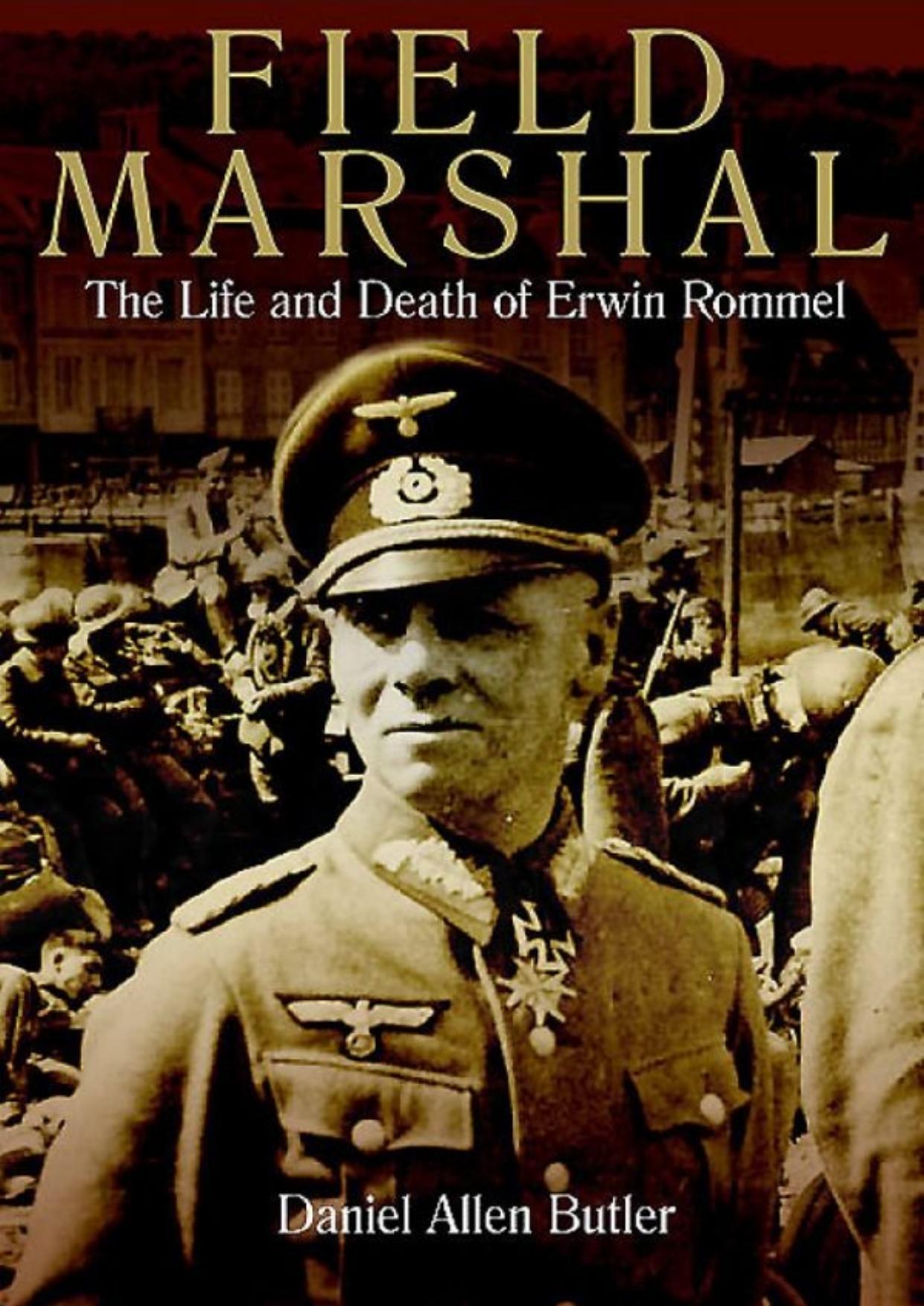Field Marshal: The Life and Death of Erwin Rommel by Daniel Allen Butler

Author:Daniel Allen Butler [Butler, Daniel Allen]
Language: eng
Format: azw3, pdf
Publisher: Casemate
Published: 2015-07-18T16:00:00+00:00
Considerable controversy has occurred . . . as to whether Rommel was right in calling off the attack on Tobruk in order to deal with the enemy offensive first. Our covering force might indeed have sufficed to hold the enemy attack until after Tobruk had fallen and this would have been of the greatest advantage for us, for we could then have then operated . . . with far greater ease and freedom than we were, in the event, able to do with the strong Tobruk garrison in our backs. But would the British have allowed us time to capture Tobruk undisturbed? This was not just a matter of audacity and daring; it was a gamble, which General Rommel refused to undertake.139
The third day of Crusader saw the Ariete Division and the 22nd Armoured Brigade, the 7th Armoured Divisionâs left-flank element, continue to pound away at each other. The Italians justified Rommelâs basic confidence in them, and apparently they had learned a few lessons from the Afrika Korps, for despite being handicapped with inferior equipment, they were giving as good as they got, and the battle around Bir el Gubi degenerated into a bloody brawl. Meanwhile, the 4th Armoured Brigade, the 7th Armoured Divisionâs right-flank element, fought a âducks and drakesâ sort of engagement with the 21st Panzer Division, pitting the nimbleness of their cruiser tanks against the hitting power of the German guns. In the center, on the perimeter of the Sidi Rezegh airfield, the 7th Armoured Brigade drove off a strong counterattack mounted by the 90th Light and Bologna Divisions. Casualties, while not yet heavy, were beginning to mount on both sides.
The attack by the Bologna and the 90th Light confirmed the wisdom of Rommelâs decision to abandon the Tobruk assault. Both units had been positioned on the fortress perimeter, assigned to the attack; hastily turning about 180 degrees, they struck at Sidi Rezegh. Even though they were unable to drive the 7th Armoured Division off the airfield, they pinned much of the British tank strength in place while the 15th and 21st Panzer Divisions were concentrating. Rommel conceded that for the moment Crüwell had a better grasp of the overall situation, and instructed him to âdestroy the enemy battle groups in the Bardia, Tobruk, Sidi Omar area,â giving him a free hand in containing the main British armored thrust.140
By the evening of November 20, Rommel was confident that he now had the full picture. Crusader was not simply an effort to relieve the Tobruk garrison, it was an all-out effort to destroy Panzergruppe Afrika. The Axis positions at the Egyptian frontierâthe Halfaya Pass and Sollumâwere under heavy, methodical attack; it would be soon be the turn for Bardia, Fort Capuzzo, and Sidi Omar (XIII Corps would, in fact, begin attacking them the next day). Only a fool would expect the Tobruk garrison to sit idly by under these circumstancesâand Rommel certainly was no fool. But these were peripheral issues, ones where, in the old Austrian mot, âThe situation is critical, it is not yet serious.
Download
Field Marshal: The Life and Death of Erwin Rommel by Daniel Allen Butler.pdf
This site does not store any files on its server. We only index and link to content provided by other sites. Please contact the content providers to delete copyright contents if any and email us, we'll remove relevant links or contents immediately.
Machine Learning at Scale with H2O by Gregory Keys | David Whiting(4034)
Harry Potter and the Goblet Of Fire by J.K. Rowling(3753)
Never by Ken Follett(3739)
Unfinished: A Memoir by Priyanka Chopra Jonas(3292)
Fairy Tale by Stephen King(3180)
The Man Who Died Twice by Richard Osman(2971)
Will by Will Smith(2754)
Rationality by Steven Pinker(2246)
The Dark Hours by Michael Connelly(2202)
It Starts With Us (It Ends with Us #2) by Colleen Hoover(2164)
The Storyteller by Dave Grohl(2146)
Can't Hurt Me: Master Your Mind and Defy the Odds - Clean Edition by David Goggins(2107)
The Dawn of Everything: A New History of Humanity by David Graeber & David Wengrow(2099)
Friends, Lovers, and the Big Terrible Thing by Matthew Perry(2094)
The Becoming by Nora Roberts(2050)
The Stranger in the Lifeboat by Mitch Albom(2024)
Cloud Cuckoo Land by Anthony Doerr(2009)
Einstein: His Life and Universe by Walter Isaacson(1928)
Love on the Brain by Ali Hazelwood(1926)
